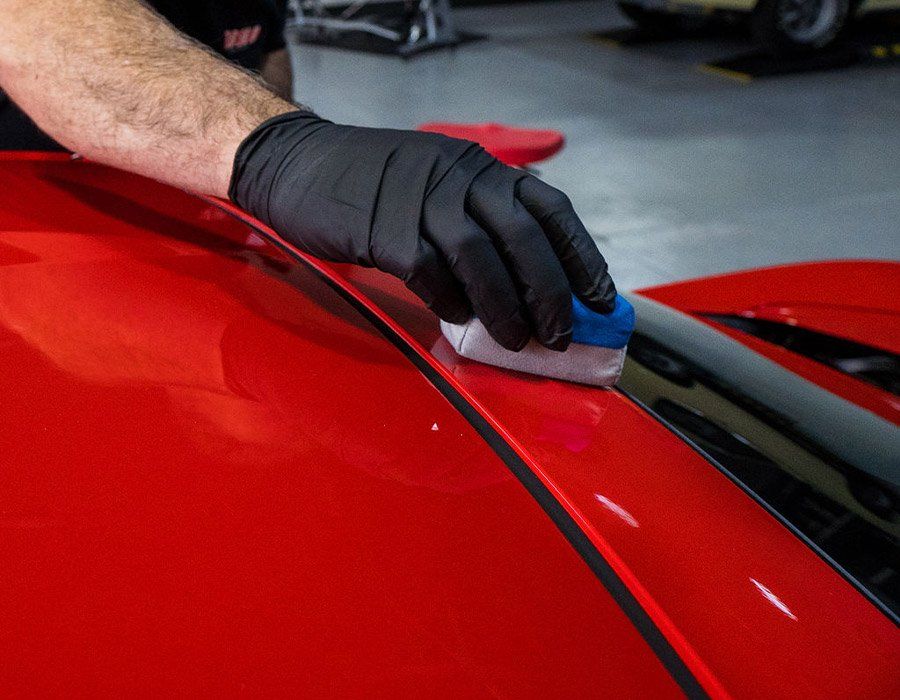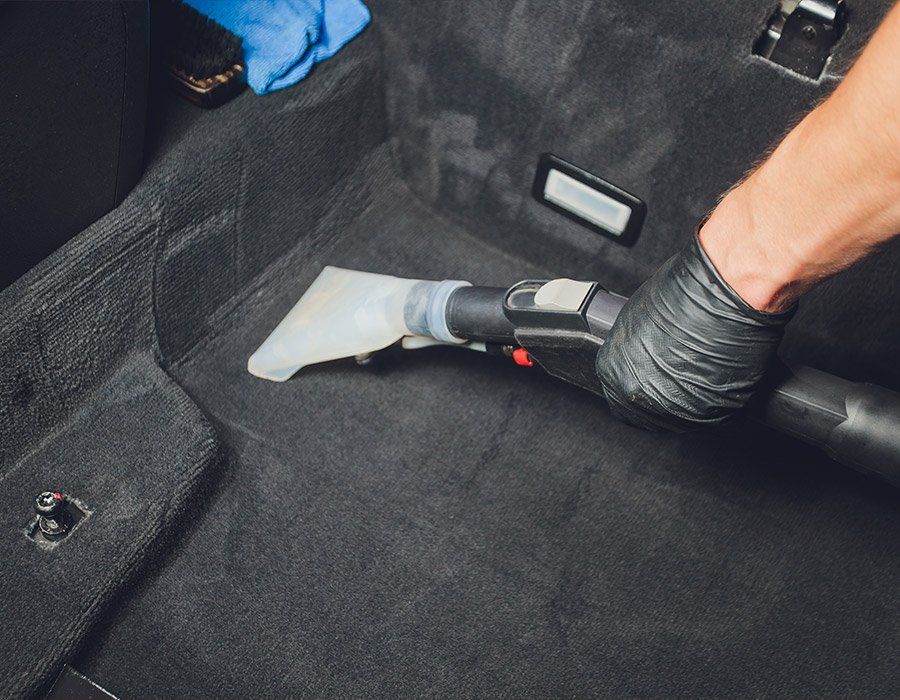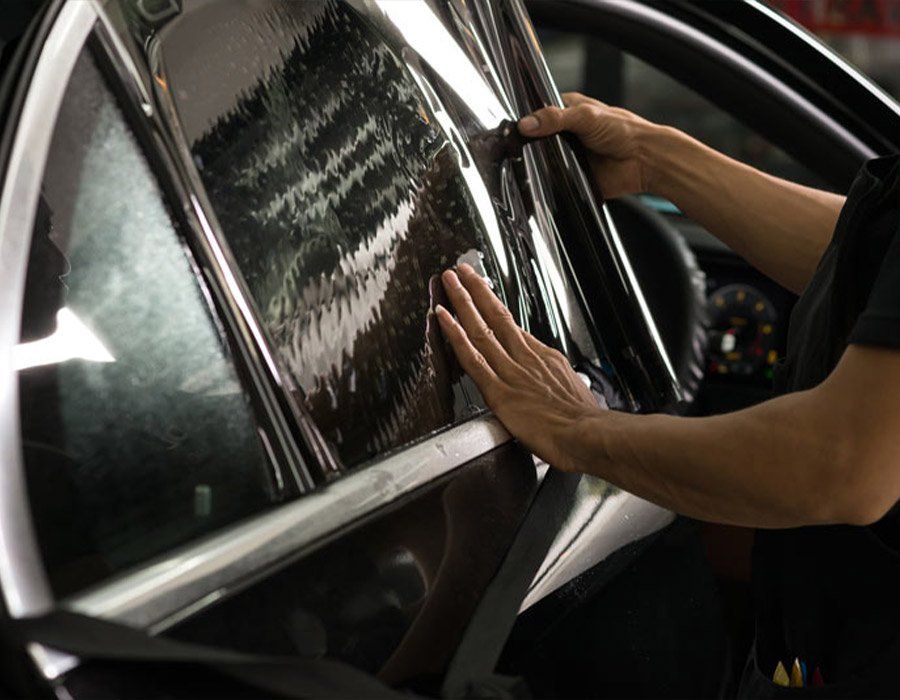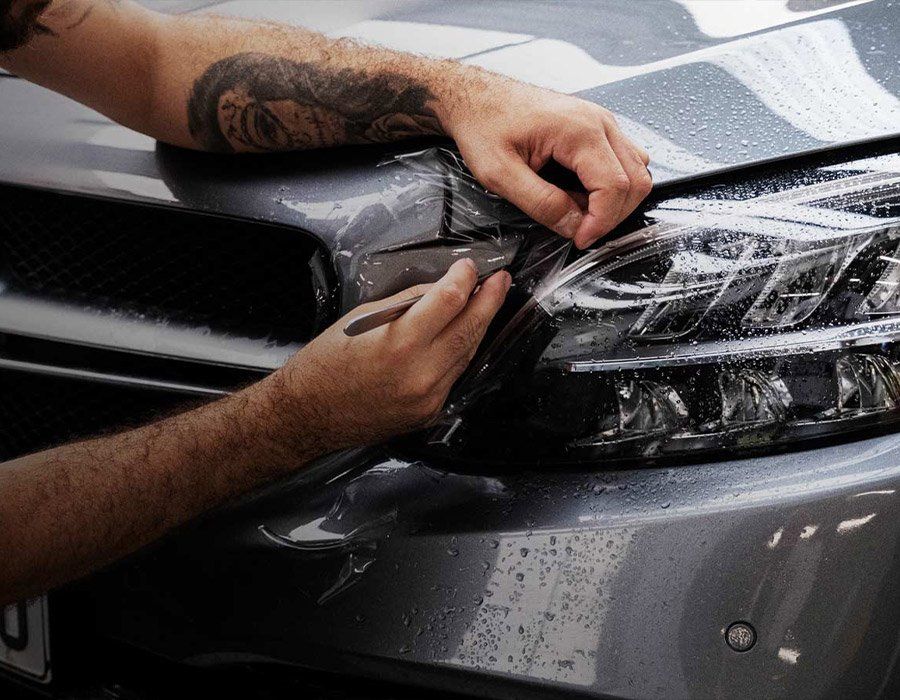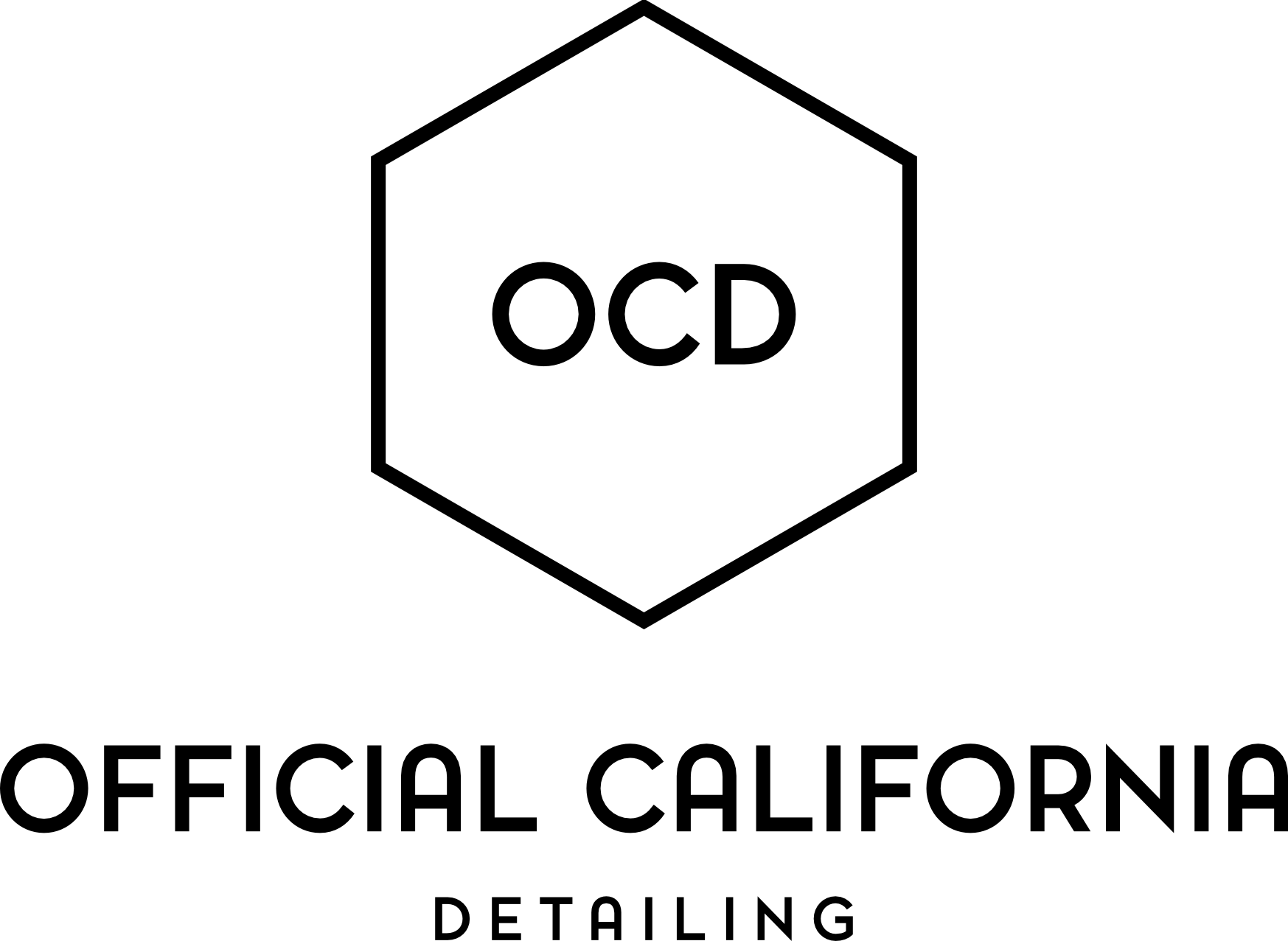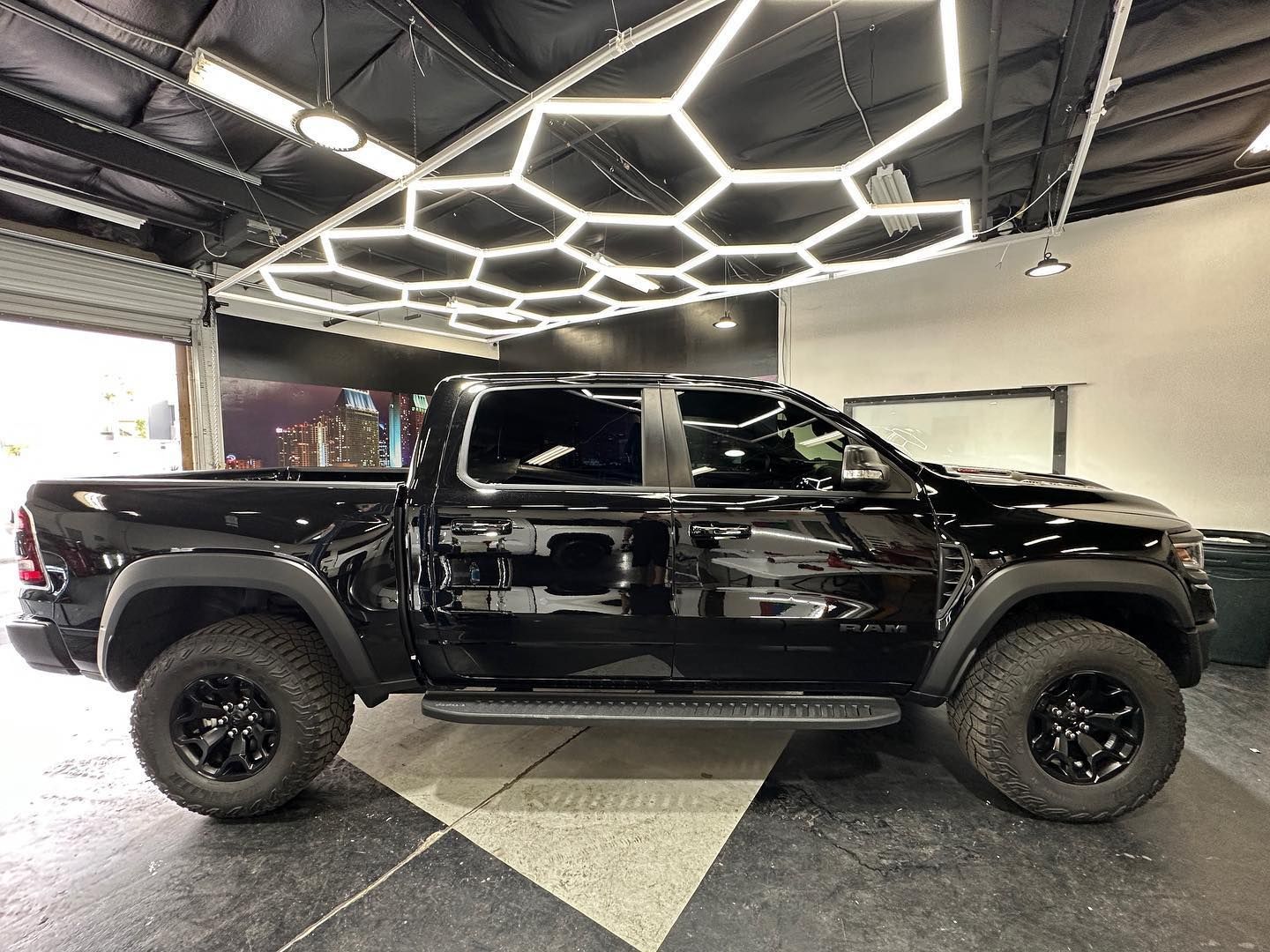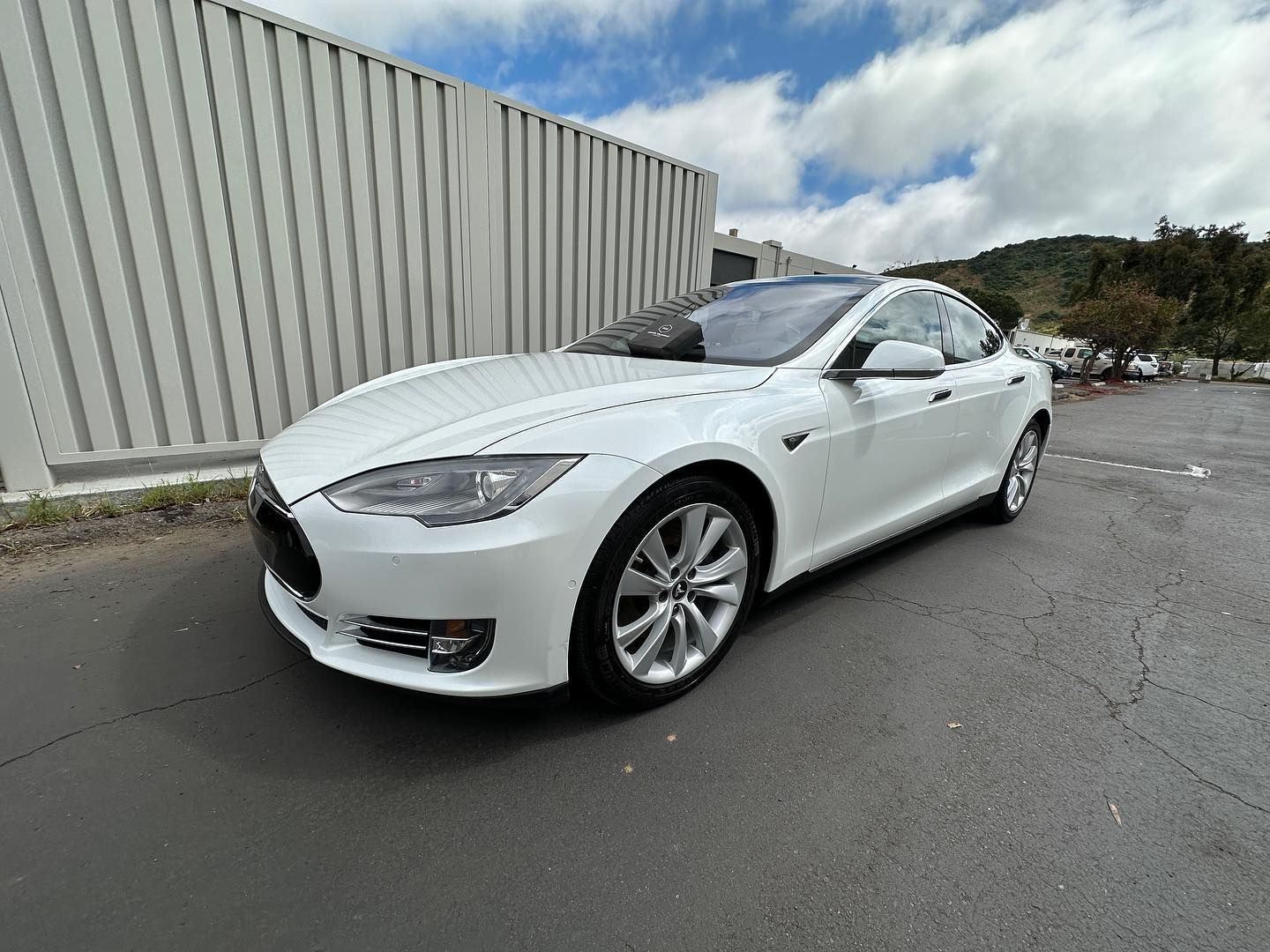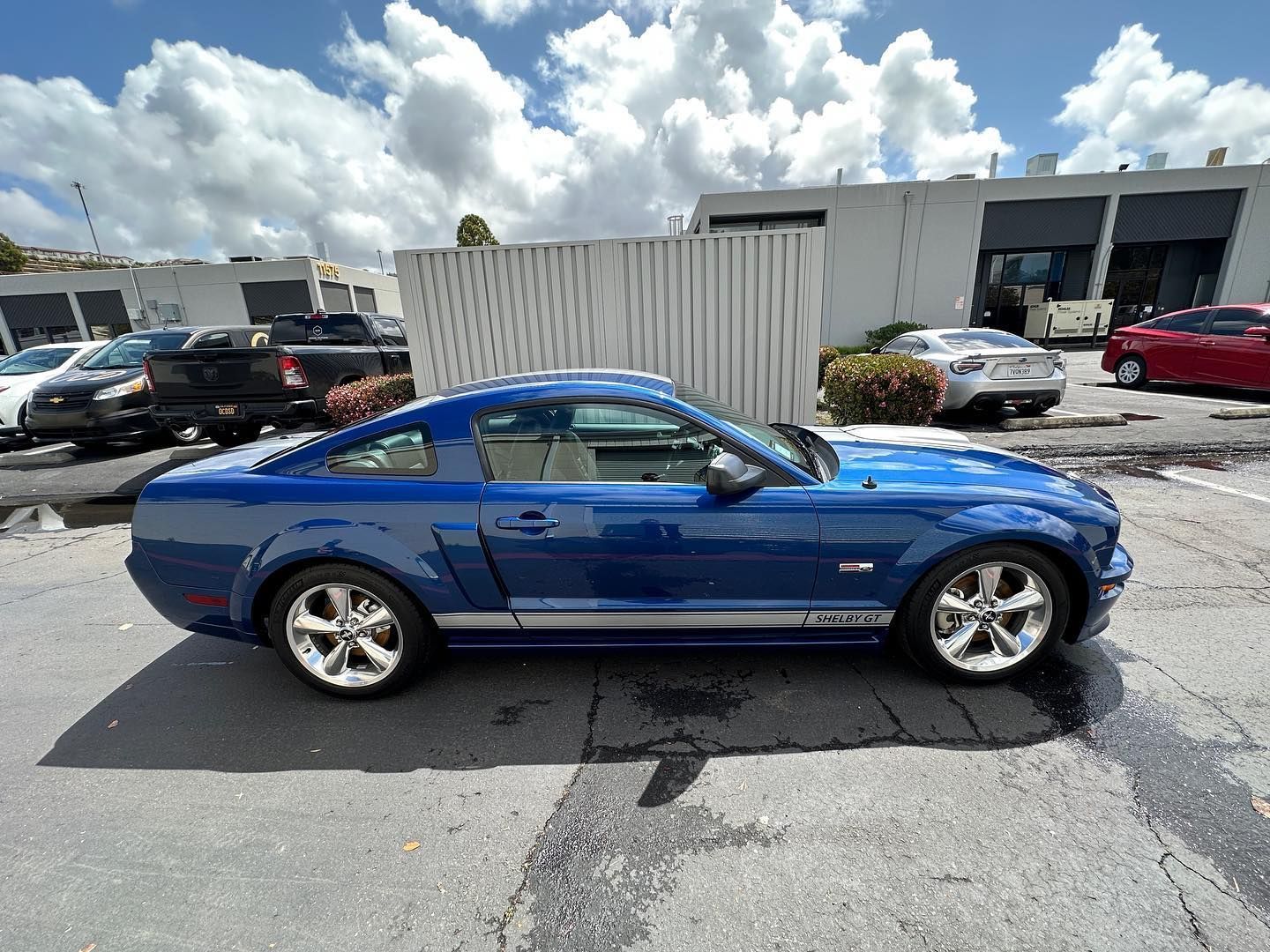Official California Detailing Blog
Full and Partial Paint Protection Film: Which Offers Better Durability and Value?
(619) 760-4962 GET A QUOTE NOWWhen it comes to keeping your car looking sharp and protected, many drivers find themselves wondering, should I go for full paint protection film or just a partial one? This choice can feel overwhelming, especially with all the factors to consider, like how much you're willing to spend and the level of protection you really need. Think of it as deciding between a full suit of armor or a solid shield for your vehicle. Both options have their benefits, but which one fits your needs best? In this article, we'll break down the key differences between full and partial paint protection film to help you make an informed decision for your ride.
Full paint protection film provides complete coverage of your vehicle's exterior, ensuring maximum protection against scratches and chips, while partial paint protection film focuses on high-impact areas such as the hood and front bumper, making it a more budget-friendly option. Ultimately, the choice depends on your priorities regarding aesthetics, level of protection desired, and overall budget considerations.
Full vs Partial Paint Protection Film: An Overview
When considering paint protection film (PPF), car owners often face a dilemma between full and partial coverage.
Full paint protection film provides comprehensive safety for your vehicle, enveloping every painted surface, including panels, bumpers, and mirrors. This feature means that your entire car is safeguarded against scratches, chips, and UV damage, making it a popular choice for those intent on preserving their vehicle's aesthetics and value over the long term.
Now, while the choice of PPF type may seem like a simple decision focused primarily on price or coverage area, there are also aesthetic implications worth considering.
Many car enthusiasts worry about the visibility of the line where the film ends with partial coverage. While some users adapt to this visual cue over time, others find it disconcerting as it might detract from their vehicle's sleek shape or color uniformity. In contrast, a full PPF application minimizes these concerns by providing an uninterrupted protective layer.
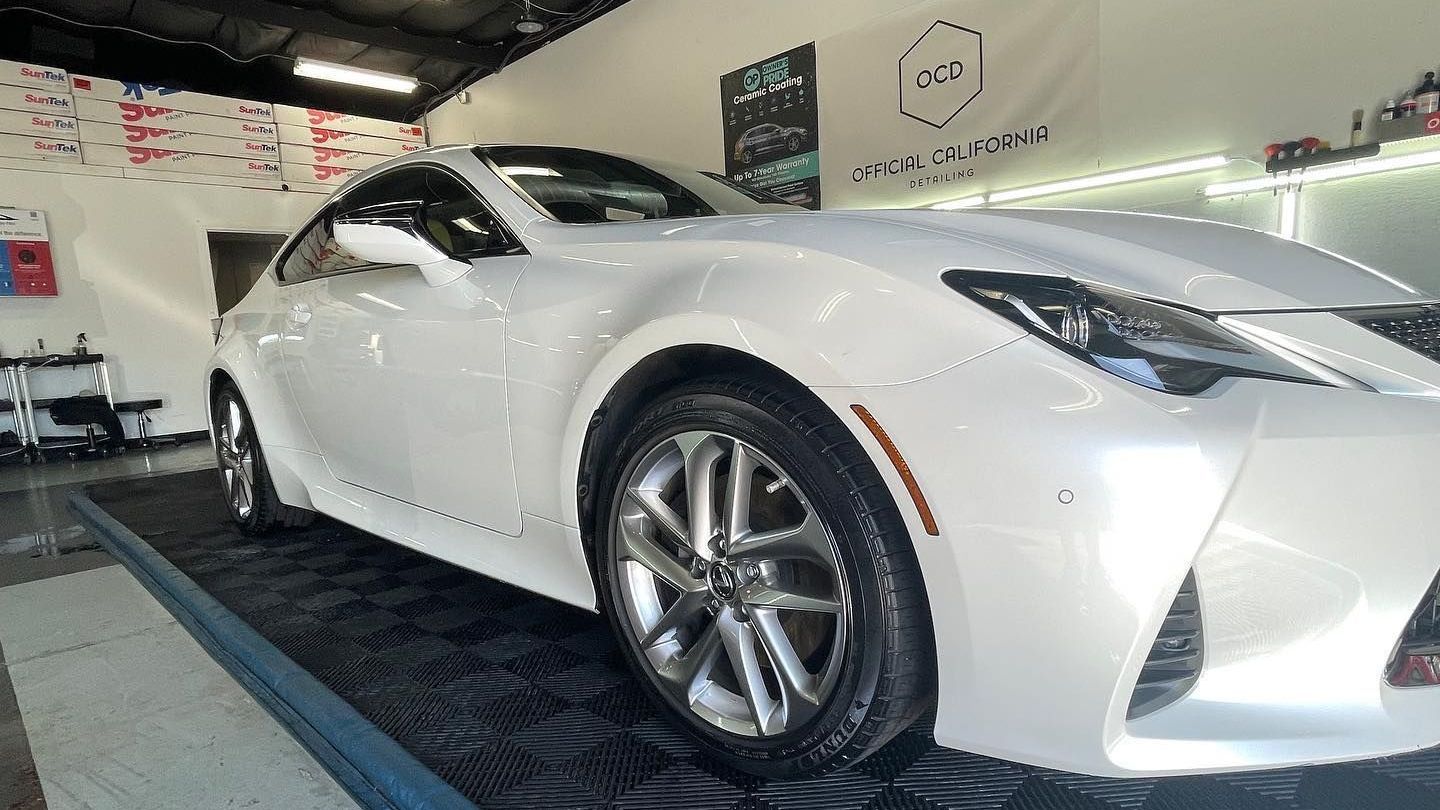
Coverage Areas Explained
When we talk about full coverage with paint protection film (PPF), we mean that every inch of your car's exterior is clad in this protective layer. Imagine a shield enveloping not just the body panels but also finer details like the doors, the roof, the trunk, and even the sensitive edges around the door handles. Full coverage gives you peace of mind that no matter how rough the road gets or how many unexpected bumps you encounter, your entire vehicle has solid protection.
Partial Coverage
On the other side of the spectrum is partial coverage, which targets the most vulnerable areas of your vehicle. It's a smart choice tailored specifically for high-impact zones such as the front bumper, hood, side mirrors, and front fenders—where rocks and dirt often collide with your car during normal driving. Think of it as a strategic defense mechanism: protecting only those regions that bear the brunt of damage while leaving other parts exposed.
This option is appealing to budget-conscious consumers because it offers significant protection without the larger price tag associated with full coverage. However, while looking to save money, it's wise to consider what you're trading off; partial PPF may leave some sections of your vehicle exposed to chips, scratches, and environmental damage. As you consider which option aligns best with your preferences and needs, evaluating both aesthetic impact and practical longevity becomes essential in making a sound decision. Transitioning to the next segment will reveal the advantages of opting for comprehensive protective solutions.
Benefits of Full Protection Film
Full PPF provides an unparalleled level of coverage that acts as a shield against various environmental threats to your vehicle's paintwork. Think of it as armor for your car, protecting it from stone chips, scratches, potentially damaging bird droppings, and harmful UV rays. This comprehensive coverage is essential for maintaining the pristine condition of your vehicle and can help prevent costly repairs down the line. By fully encasing your vehicle in durable film, you're not just covering surface imperfections; you're guarding the integrity of your car’s exterior.
The Auto Paint Protection Association conducted extensive research revealing that vehicles equipped with full PPF exhibited a staggering 60% reduction in paint defects over five years compared to their unprotected counterparts. This statistic highlights how effective full PPF can be at preserving both aesthetics and functionality. For car enthusiasts or everyday drivers aiming to keep their investment safe, this form of protection becomes invaluable.
Furthermore, beyond shielding against physical damage, full PPF plays a significant role in enhancing your vehicle's resale value. When you maintain the original paint condition through full coverage, studies suggest potential increases in resale value by up to 15%. Consider it akin to having a well-maintained home: buyers are naturally drawn to properties that boast excellent upkeep—and the same applies to cars. Therefore, investing in full PPF could translate directly into better returns when it’s time to sell.
While the upfront costs may seem significant—ranging anywhere from $2,000 to $7,000 depending on vehicle size and film quality—the long-term benefits make full protection an investment rather than just an expense. In considering how best to protect your vehicle, understanding other options available can prove beneficial as well.

Benefits of Partial Protection Film
Partial paint protection film (PPF) offers a practical solution for defending the most vulnerable areas of your vehicle against everyday wear and tear. Applied to high-impact zones like bumpers, hoods, and side mirrors, partial PPF helps reduce the risk of damage from road debris, UV rays, and environmental contaminants.
This targeted approach is ideal for drivers who want to preserve their vehicle’s appearance and extend the life of the exterior finish without committing to full-body coverage. It enhances protection where it’s needed most, especially in urban or moderate driving conditions, making it a smart choice for maintaining color depth and resisting stains, scratches, and yellowing in high-contact areas.
Choosing partial PPF allows for flexibility while still benefiting from many of the same advantages as full coverage—like improved paint longevity and added resilience against environmental stressors.
Durability and Maintenance Longevity of Full PPF
Durability plays a pivotal role in the effectiveness of Paint Protection Film (PPF), especially when comparing full versus partial applications. With full coverage, you get an added layer of security against everything from rock chips to road debris. Full PPF stops damage before it starts because it protects more areas. The thicker urethane material acts as a buffer, keeping the paint beneath unscathed for years.
It's not just about longevity; professional installation is essential. Insufficient installation might lead to air bubbles or misaligned edges that undermine its protective features, defeating the purpose entirely.
Now let's explore how well these films hold up over time and what maintenance is necessary to keep them looking pristine.
Maintenance Requirements
Both full and partial PPF applications require regular upkeep to maintain their protective qualities. For instance, washing with pH-balanced soaps keeps the film clean without causing degradation. Avoid using highly abrasive cleaning tools, as they can damage the surface and weaken its integrity over time.
It's advisable to wash your vehicle regularly, treating the PPF with care, just as you would an expensive suit. Frequent washes avoid the buildup of dirt and allow you to spot damage early so you can act before small problems become major issues.
Understanding the nuances of maintaining and installing these protective films will guide you in making an informed decision about which option suits your situation best.
Choosing the Right Option for Your Needs
So, how do you choose between full and partial PPF? This question often arises as drivers weigh their choices based on personal circumstances.
Factors to Consider
One major consideration is your driving habits. If you frequently find yourself on highways or in situations where road debris is common, full PPF might be worth the investment. It offers comprehensive coverage that protects against unsightly chips and scratches that can accumulate over time.
If you limit your driving to local trips or short commutes, a partial application could serve you well while saving some money.
Of course, the budget plays a crucial role in this decision too. Full PPF installations typically cost significantly more than partial ones. Partial PPF could be a more practical option for newer drivers or those monitoring their expenses. However, this choice may come with trade-offs in terms of the level of protection offered.
Another important element to evaluate is your vehicle type. If you drive a luxury or high-end sports car, investing in full coverage provides maximum protection and helps maintain resale value. Vehicles like these are often targets for minor damage; thus, properly preserving their appearance is essential. A driver contemplating a vehicle sale will likely appreciate that vehicles with full PPF can retain up to 15% more value than those with only partial coverage.
For customized solutions tailored to your unique situation, visit Official California Detailing. Our professionals are eager to offer insights and guide you in choosing the best option for paint protection film for your prized possession. By considering driving habits, budget constraints, and vehicle type, you can make an informed decision regarding options for paint protection film that best suit your needs. Don't hesitate to reach out so we can help protect your investment!
